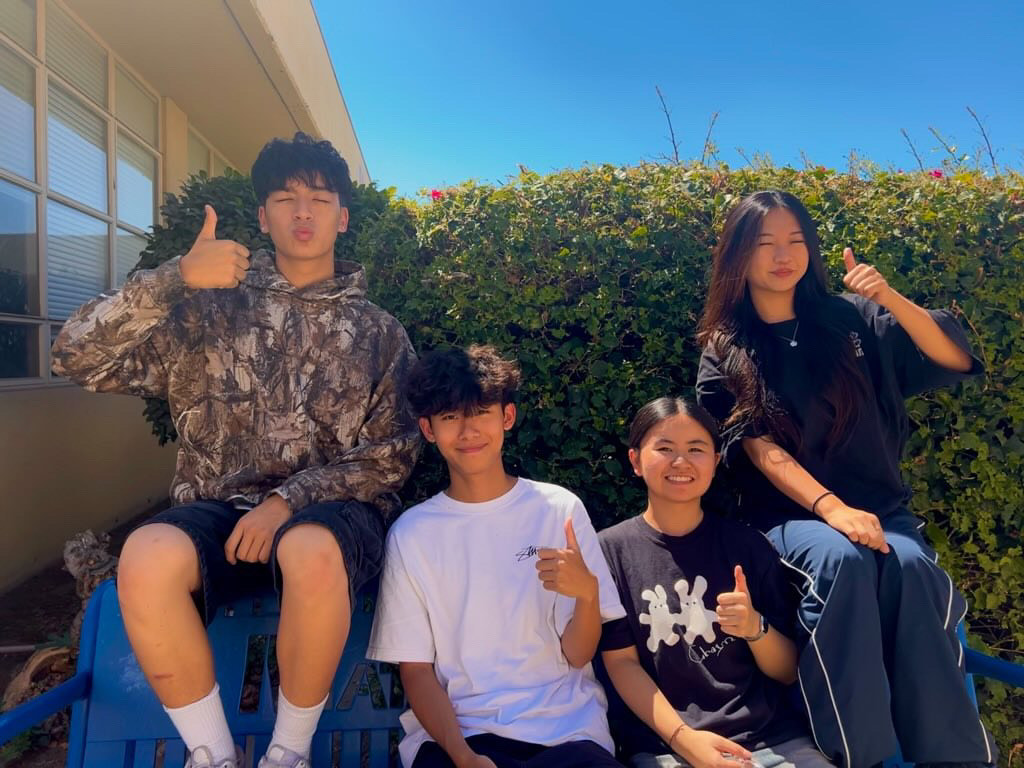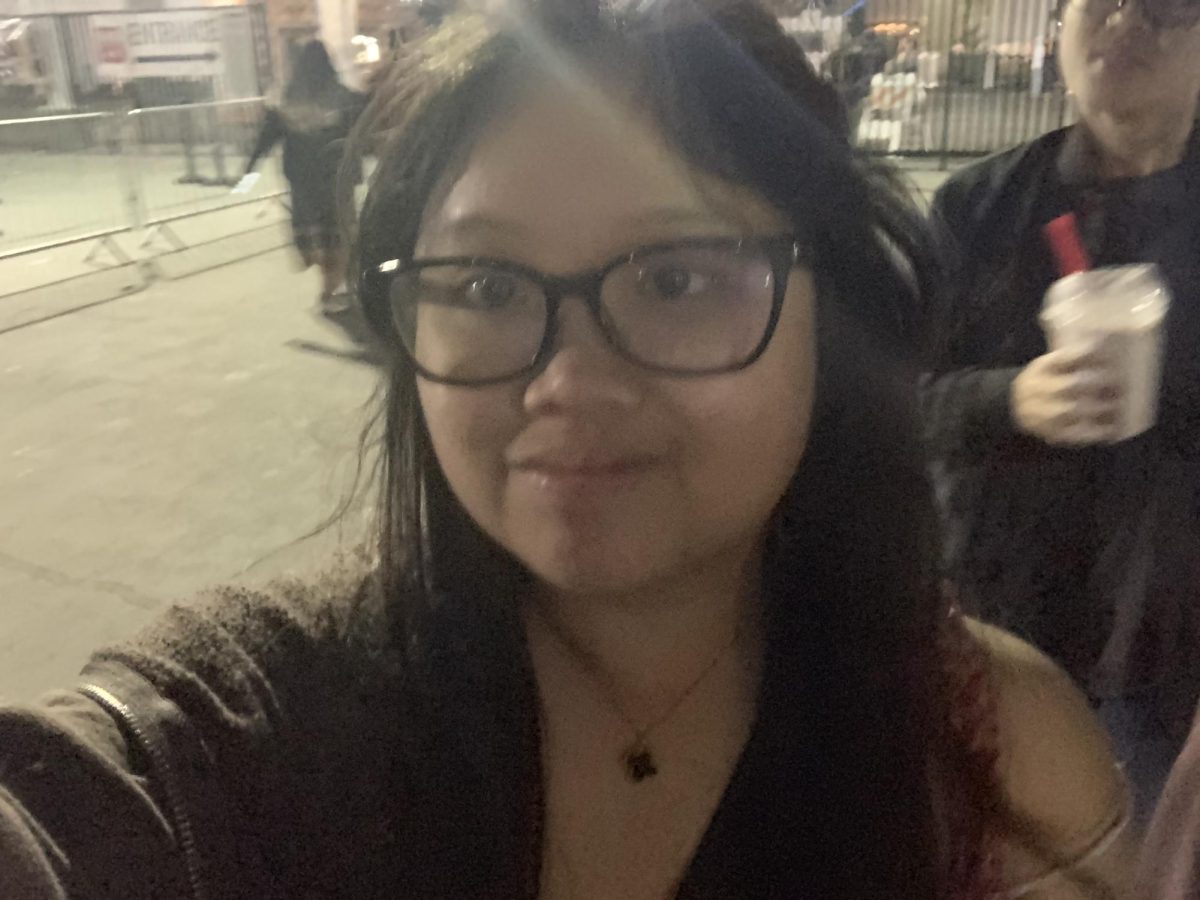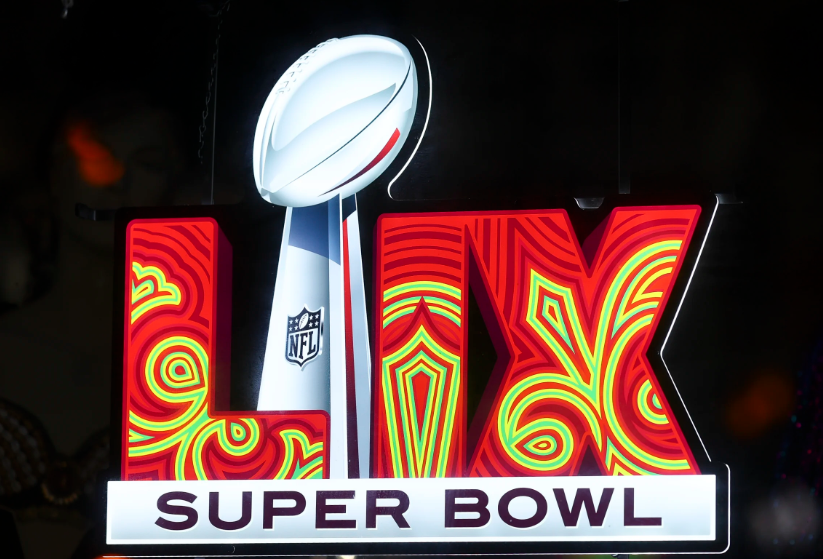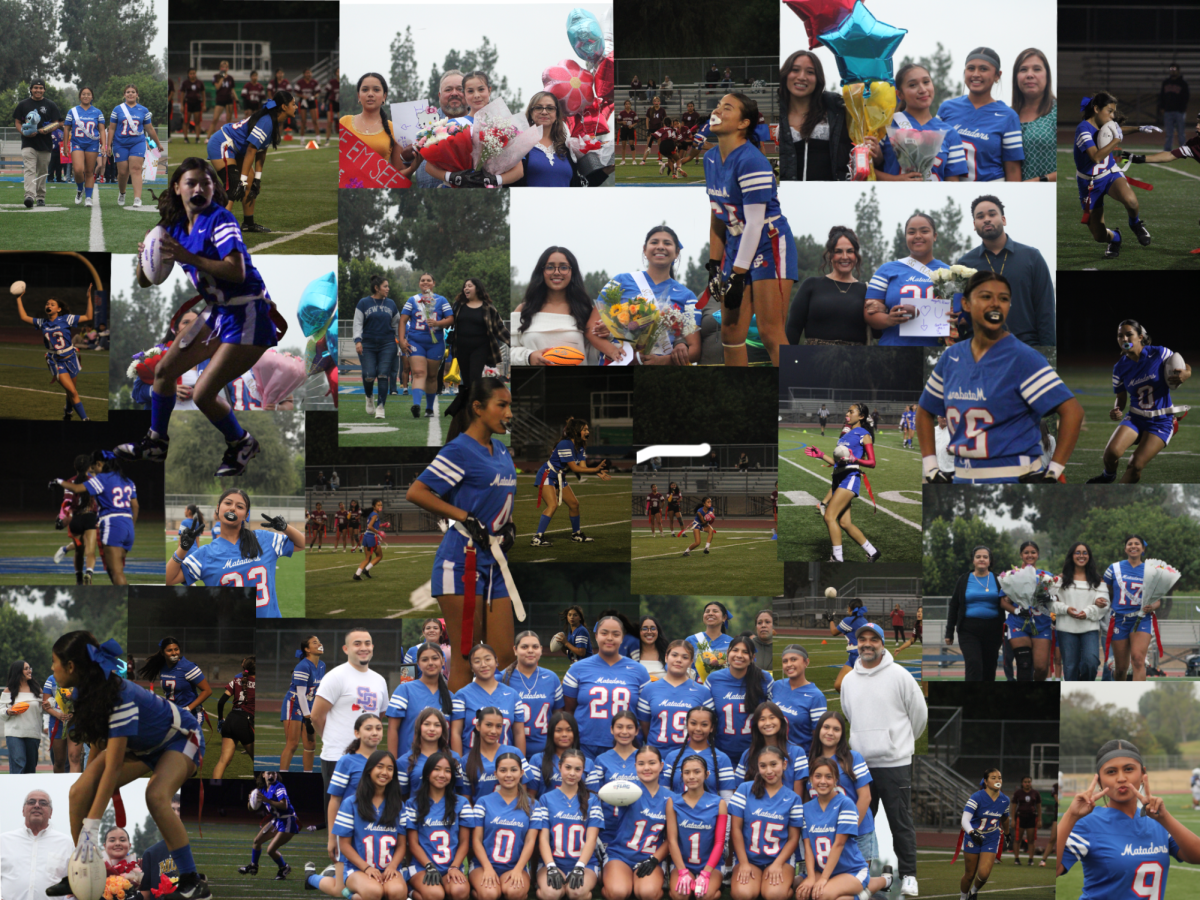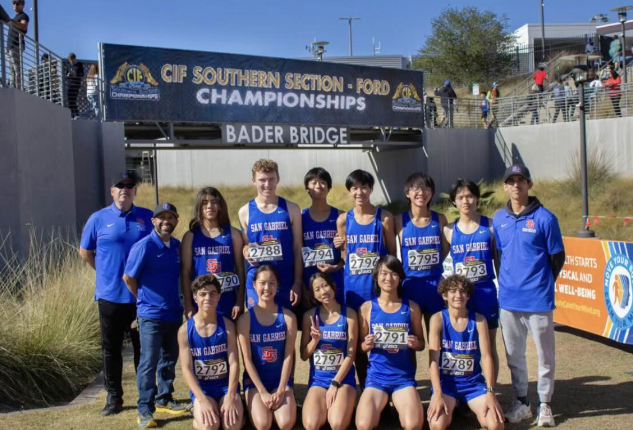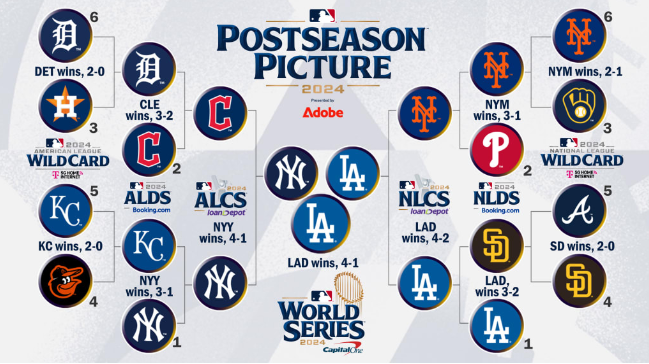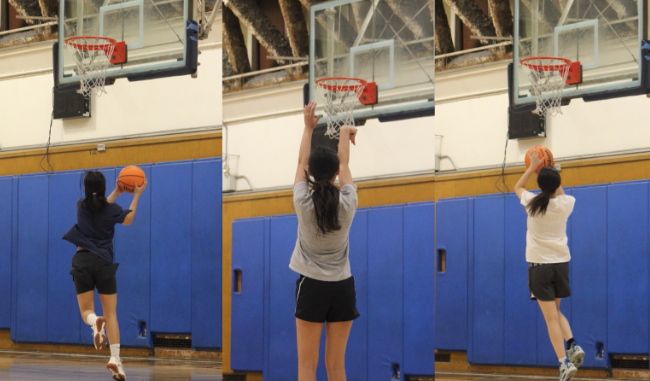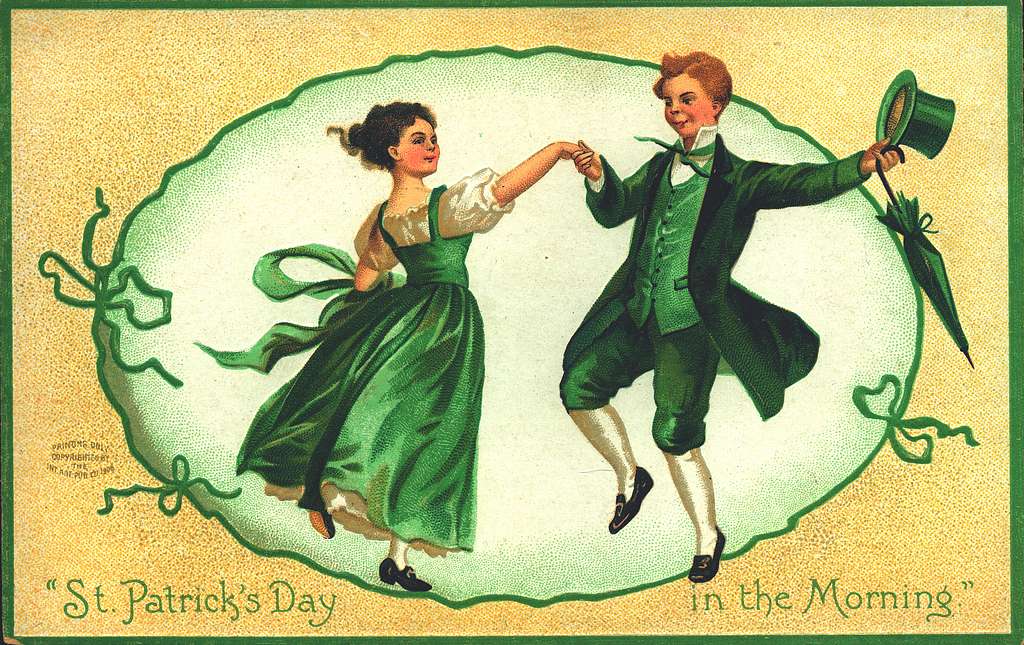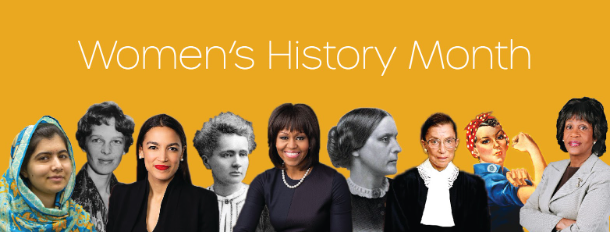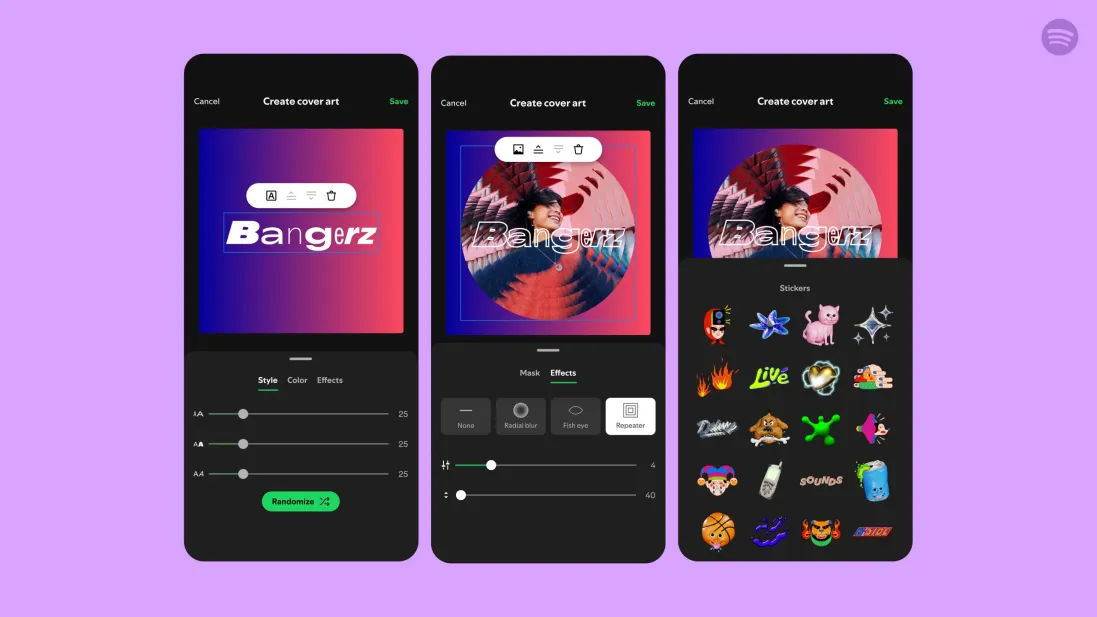College acceptances have been increasingly competitive, and the reason is not always as it seems. Below are the profiles (dubbed “stats” in college admissions lingo) of 4 high school students. After reading them, try to guess which college accepted them.
“I have a 4.0 GPA (Unweighted) & 5.4 (Weighted) GPA. I took 3 AP classes in sophomore year, 5 in junior year, and I’m taking 4 in senior year. I founded a nonprofit organization dedicated to serving the youth population through workshops in financial literacy and starting a business. I have played piano for 8 years, and I’m on my school’s varsity tennis team. Over the summer, I did an internship at a pet shelter.”
Accepted to University of California Santa Barbara (Acceptance rate: 32.9%)
“I am a first-generation college student. I need to take care of my two younger siblings and work a job. I have a 3.2 GPA. I’m unable to do my best in AP classes.”
Accepted to California State University Los Angeles (Acceptance rate: 92%)
“My dad works at Yale. We’re part of the top 5% of Americans, with a 4x legacy at Yale. I have a 2.8 GPA.”
Accepted to Yale University (Acceptance rate: 4.6%)
“I’ve been learning basketball since I was little. I don’t have time to prioritize anything else. Thankfully, a recruiter from a school came to me and offered me an athletic scholarship, despite my low GPA.”
Accepted to Notre Dame University (Acceptance rate: 12.9%)
Take a second to ponder the results of these students – maybe you can even begin to see why the American college system is flawed. Throughout this article, a “deep dive” into the dark world of college admissions reveals systemic inequities, privilege, and the impact of socioeconomic factors.
It can definitely be argued that the first student demonstrates all the key qualities of an ideal student: academic excellence, leadership, and community involvement. Yet, they were admitted to a public university with a relatively high acceptance rate. This outcome might feel surprising, given their stellar academic and extracurricular profile, but it reflects the depressing reality as more students are fighting for the coveted few acceptance spots.
The second student’s story underscores the challenges faced by first-generation students and those with family responsibilities. Many first-generation students have many familial responsibilities that prevent them from doing their best, and there is little to no support for students who can demonstrate need in other ways. This keeps students from poor backgrounds from reaching their full potential – yet highlights the need for schools that promote social mobility. California State University (Los Angeles) is one of the highest ranked schools for social mobility in the nation!
The third student reveals the impact of privilege in college admissions. Legacy status, connections, and financial resources often outweigh academic performance, enabling students from wealthy families to secure spots at prestigious universities. This reveals the dark, business nature of colleges: prioritizing familial connections through generational advantages for affluent families. Legacy should not be a factor in any college’s decisions, but we have a long way to go before we make that happen.
The fourth student illustrates how athletic recruitment can play a significant role in admissions. Colleges often prioritize athletes who can contribute to their sports programs, even overlooking academic performance. While this creates opportunities for talented athletes, it also highlights a system that places disproportionate value on certain extracurricular activities. Why should a student who plays football outweigh a student who is a professional knitter, per say? These are all glaring questions in the college admissions system.
Together, these stories reveal a flawed admissions system that reflects a range of biases and structural inequities. Let’s work for a future where colleges look at merit, not at money.



